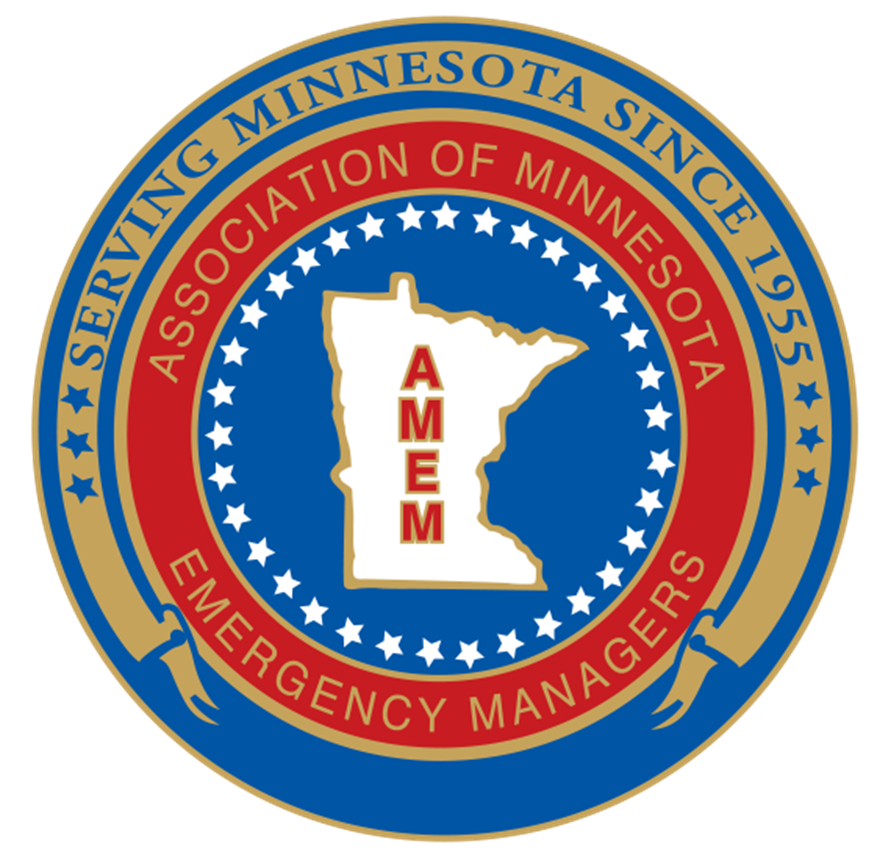-
10:30 AM to 06:00 PM
Conference RegistrationRegistreaion in Main LobbyConference Center Lobby -
11:00 AM to 05:00 PM
MGT-490: Conducting Whole Community Climate Risk and Vulnerability AssessmentsThis course is designed to This course teaches the art and science of conducting aPelican
Community Climate Risk and Vulnerability Assessment, a critical tool for
building resilient communities. Participants gain the tools to integrate climate projections and products into a Threat and Hazard Identification and Risk Assessment (THIRA). Participants also learn to prioritize target capabilities while considering natural, technological, and human-caused hazards and their cascading effects. They also focus on identifying underserved populations and emphasizing socioeconomic strategies to conduct a Social Vulnerability Assessment, which is crucial for preparing vulnerable communities. By completing this course, participants gain the knowledge and skills to effectively identify climate risks and their impact on vulnerable populations so that they can develop strategies to improve preparedness and enhance community resilience.Learning
Objectives: At the end of this session, participants should be able to:• Predict the impact of climate-related events on the entire community and the need for leaders to take a Whole Community Approach
• Integrate climate and community-specific threats and hazards into the THIRA process.
• Identify the disproportionate impacts of climate risks on underserved and disadvantaged communities.
• Conduct a vulnerability assessment using screening and mapping tools while identifying populations with the highest risk from climate-related hazards.
-
12:00 PM to 04:00 PM
Pre-Conference Golf Tournament and Golf AwardsPre-ConferenceWhite Birch Course
Golf Tournament and Golf Awards -
01:00 PM to 04:00 PM
AMEM Board MeetingGovernors Room -
01:00 PM to 04:00 PM
Threat Evaluation and Reporting Overview (TERO)The Threat Evaluation and Reporting Overview (TERO) is an introductory training focusing on a behavioral approach to violence prevention. The TERO raises awareness about the risk factors, triggers and stressors, and warning behaviors that could impact a person's decision to commit an act of targeted violence. Further, it outlines the mitigating factors that could help prevent acts of targeted violence, while emphasizing the importance of community involvement in seeking help for individuals, and respecting their privacy, civil rights, and civil liberties.Heartland 3-4 -
06:00 PM to 07:00 PM
DinnerMove to Minnesota Room if rainingDockside -
07:00 PM to 08:00 PM
New Attendee WelcomeWelcome for new members to meet AMEM Staff and learn about the confernece.Lakeside A&B -
08:00 PM to 11:00 PM
BonfireLakeside
63rd Annual Conference
- Breezy Point Resort, Breezy Point, MN
- September 15 - 18, 2024
- Instructors
"Leading Minnesota Readiness"
